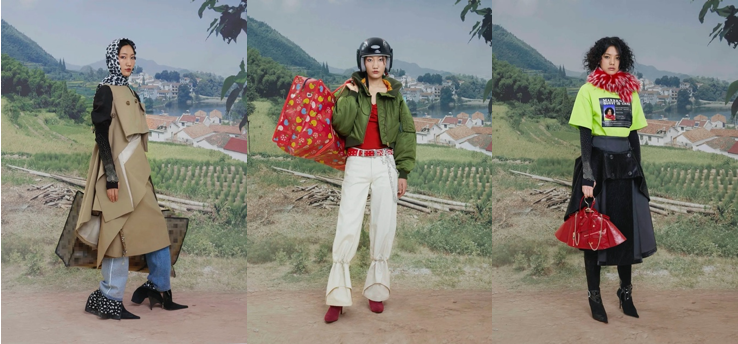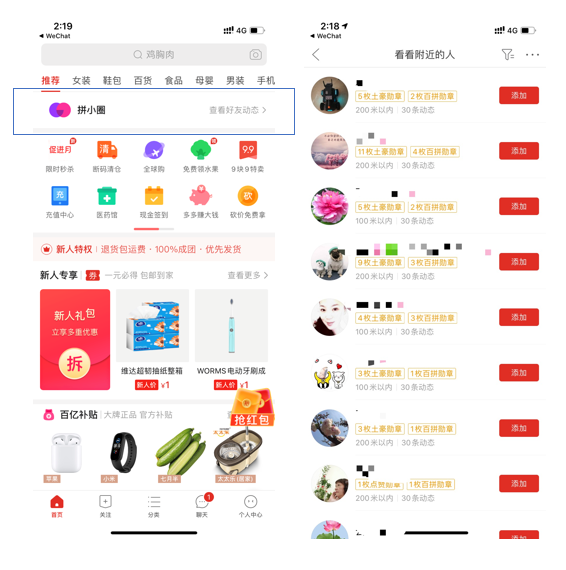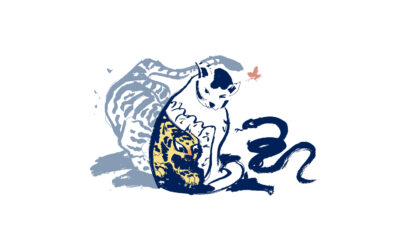When thinking about a country, one’s mind tends to go straight to its largest cities: the metropolises of Tokyo, London, Seoul and Shanghai. And rightly so, since they tend to be the primary drivers of a nation’s economic growth: London, for example, generates about 25% of the UK’s annual GDP.
China is, however, different. Today, the contribution of ‘lower tier’ cities equals that of ‘tier one’ cities. The future trend is more dramatic still: Morgan Stanley predicts that, between 2017 and 2030, the consumption levels of these lower tier cities will triple. At this point, they will account for the lion’s share of future domestic consumption.
What does this mean for individual brands? We are starting to see brands succeeding – and trends originating – in ‘lower tier’ China before they then sweep across the wider country. To realise fully the potential of these regions, underestimated regularly by outsiders, Beijing and Shanghai’s realities must cease to be the default definition of China.
‘Shanghai life’ is not always the aspiration
It is often overlooked that ‘lower tier’ consumers may have different motivations and aspirations: indicated in the first instance by them staying behind, rather than aspiring to a big city life and all that entails. Such consumers are more likely to live in multi-generational families, to place more emphasis upon a balanced work and family life, and to be more collective in their outlook. Less individualistic in their values than ‘tier one’ consumers, they are much more likely to gravitate towards group purchases, whether for family or friends.
The success of Chinese e-commerce platform Pinduoduo is a testament to this. It offers discounts based on group buying: the bigger the group, the bigger the discount. ‘Lower tier’ consumers often buy products not just for their households, but for extended family and friends; and they will happily delay purchases while waiting for deals to close or to materialize. In contrast, consumers in the largest cities tend to shop only for themselves, and to buy what they want as soon as they want it.
Regional Pride
Intrinsic to the rise of Chinese national pride has been pride in the country’s diversity. Individuals are proud of the regions they come from, and they are increasingly interpreting trends though a distinct, regional lens. Hip-hop and rap music exemplify this perfectly. Across China, artists are not merely incorporating Chinese musical instruments into their compositions, but are frequently – and stubbornly – writing and performing in local dialects, from Sichuanese to Chongqingnese to Cantonese. These artists are clearly passionate about the regional culture, embracing these dialects despite the ‘tier one’ perception that they can sound unrefined (土). As Chengdu rapper Pang Ke puts it: “Rap is something that comes straight from the street, it is something very real.”
It is certainly true that in the streets of regional China local dialects are the most commonly spoken. Or, as another rap goes: “Your mother, your father, your ancestors didn’t even speak Mandarin.” This suggestion of a non-mainstream attitude unsurprisingly also appeals to younger audiences everywhere, and such musicians can achieve national success. Brands such as Wusu beer from Xinjiang have gone on to leverage the rising popularity of their region’s rappers, in this case by enlisting local rising star Ai Re (艾热) as their brand ambassador.
https://www.youtube.com/watch?v=qdA32j7_U6U
Moving away from ‘Tier One’ sophistication
This pride in regional differences can also steer individuals towards a more deliberately counter-cultural attitude, whereby they celebrate what is dismissed or looked down upon by the inhabitants of ‘tier one’ cities. As a result, there has been a rise in 土酷 across China. This literally translates as ‘peasant cool’, but it also – and significantly – sounds like ‘too cool’.
This trend is manifest in fashion, where it appears that some consumers are rejecting the modern aesthetic of ‘tier one’ China as too cosmopolitan, too cold and too distant. Consumers are embracing aesthetics reminiscent both of ‘lower tier’ regionality, and of 1970s-80s China, in which colours and print are boldly used and proudly worn. Chinese fashion houses championing this trend are not caricaturing the looks of regional and ‘lower tier’ China: instead they see themselves as celebrating differences in taste, and as promoting a more open attitude towards all consumers.

(images sourced from Marrknull WeChat Account, Fall/Winter 2020 collection)
In Conclusion
While most companies will acknowledge that regional and ‘lower tier’ China is important, the implications of this are frequently ignored. Too often, businesses continue to use Shanghai as their testbed for a product launch, and then expect its success to be replicated effortlessly throughout the country. But the cultural nuances of how regional consumers identify themselves demand specific strategies, from targeted messaging to local distribution: without these, a brand’s growth potential in China will always be compromised.





